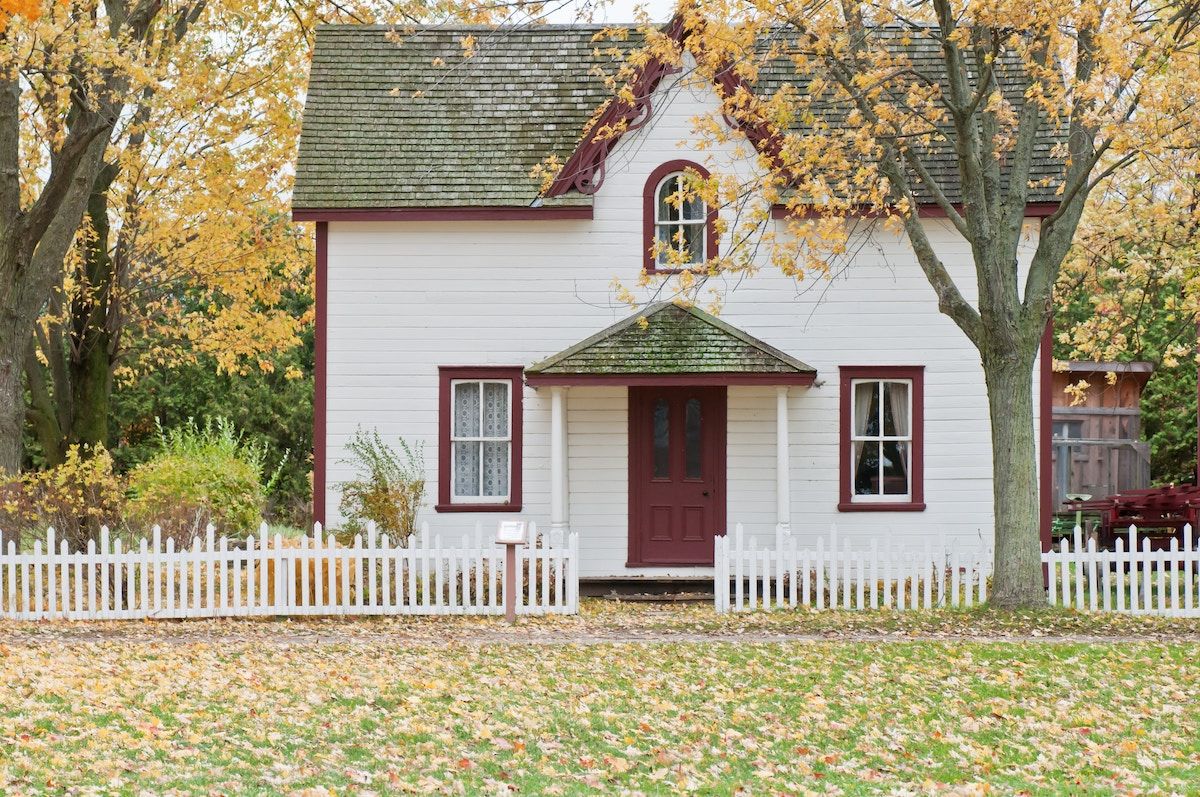
Top 10 Fall Home Maintenance Tips—Get Ready for the Season!
The cold season is approaching. It's time to prepare your home with these top 10 fall home maintenance tips.
For many owners, fall is an ideal time to begin home maintenance and repair projects. Ensure your property is in tip-top shape before winter comes with these 10 helpful tips you can add to your checklist today!
1. Tend the lawn and garden
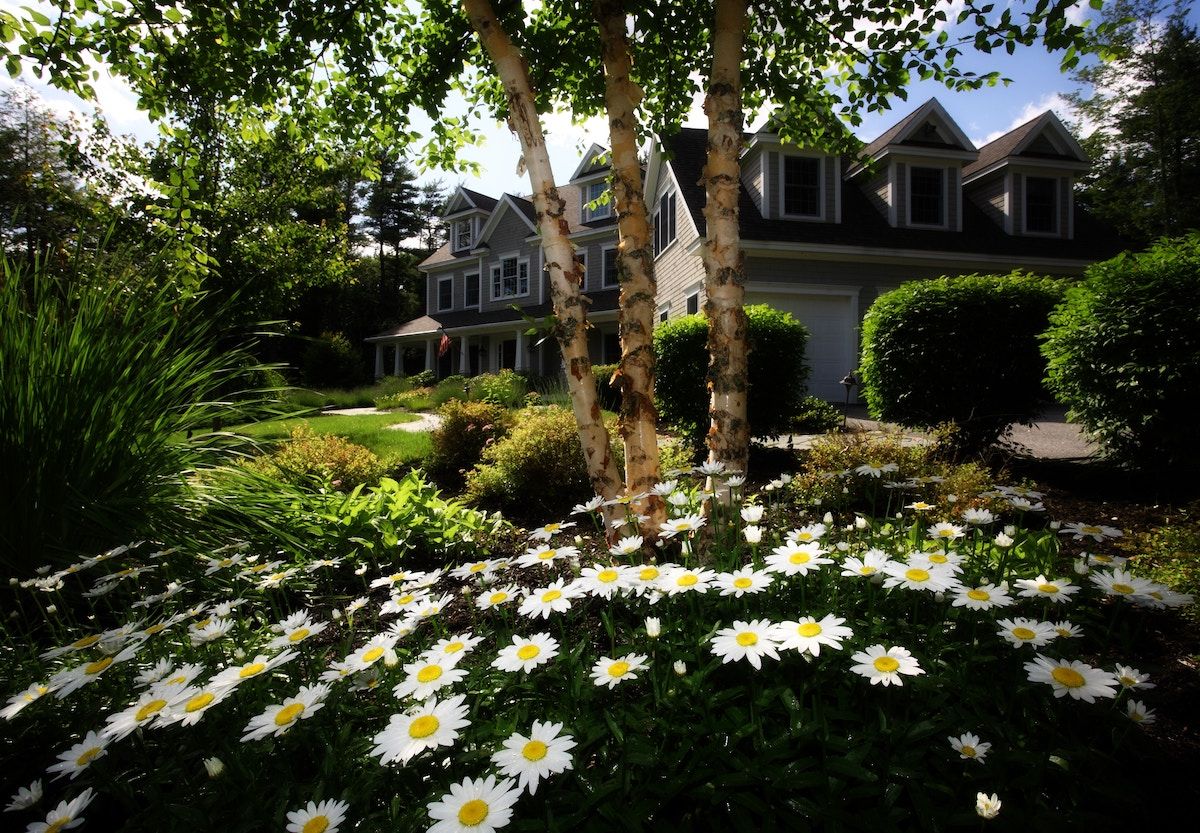
Lawns made up of cool-season grass, like Kentucky bluegrass, are most active in autumn. Raking ensures your lawn gets the sunlight it needs to thrive. Rather than disposing of leaves, use them as mulch in your garden. Earthworms will convert dead leaves into nitrogen-rich nutrients.
2. Prune trees and check for diseases

Tree limbs are a liability during storms, damaging the tree itself or any property beneath it when they break. Prepare your trees in time for winter by hiring an arborist. Arborists will inspect trees on your property, identify any diseases, remove weak or dead branches, and add support with tree cabling and bracing.
3. Check your roof’s condition
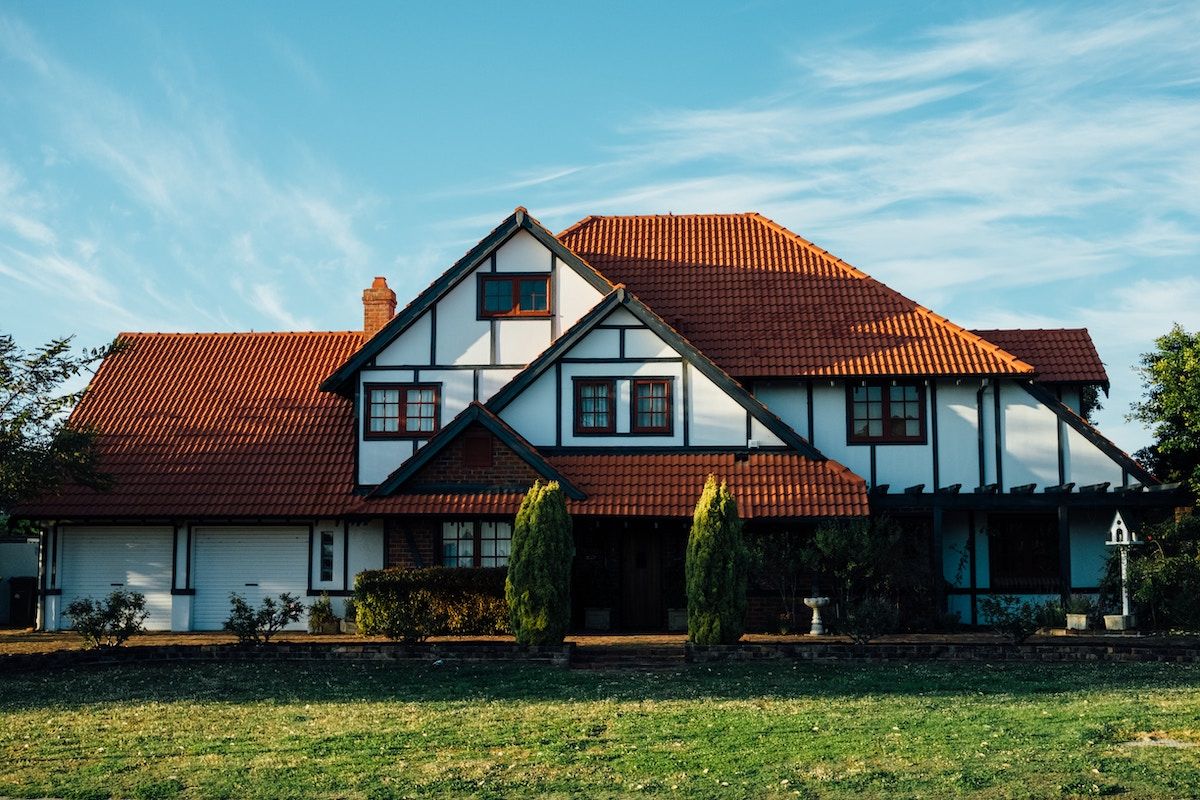
The elements can wreak havoc on your roof, which is your home’s first line of defense. Check for missing or loose shingles, sagging, and other signs of deterioration. Ignoring repair can lead to water damage in your home when the rain storms arrive.
When should you replace a roof? While the early summer is still a good time, most roof experts agree that fall is the most ideal season for roof replacement. Autumn temperatures are temperate and help the sealing of asphalt shingles.
4. Clean your rain gutters
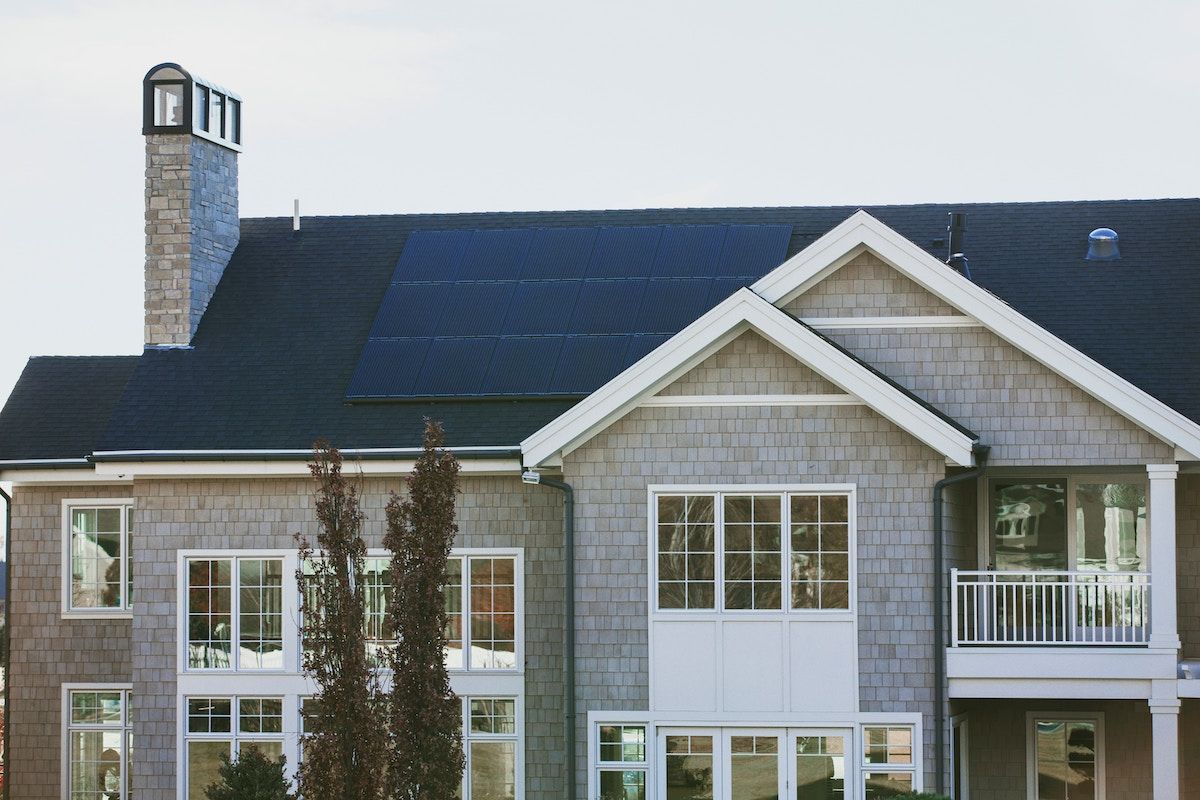
It is a chore that nobody wants to do, but gutter cleaning is an important part of home maintenance, especially before winter. Autumn leaves collect in gutters and form a dam. Pooled water—which can turn into an ice dam in colder climates—can damage the roof, siding, and gutter system.
5. Winterize exterior faucets
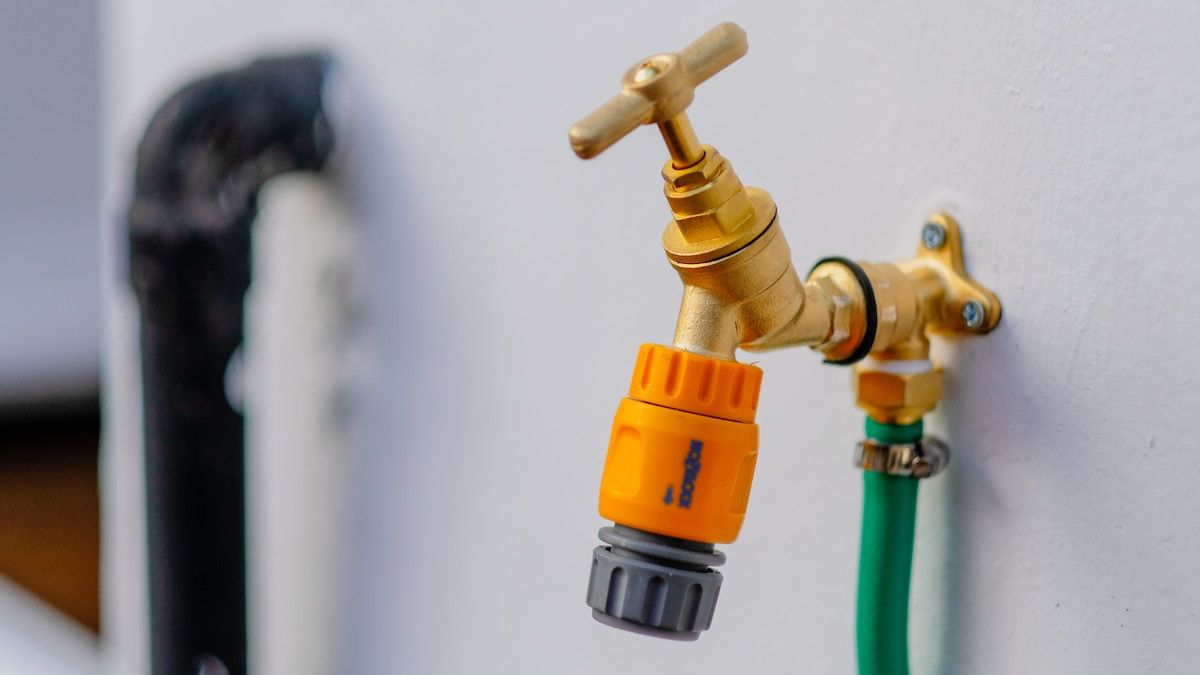
Winterizing faucets is critical for the prevention of damaged spigots or burst pipes. Detach, drain, and store away all of your garden hoses. Every exterior faucet should have a shut-off valve. Shut off the water line to each and drain the excess water. For extra protection, consider installing insulation around all outdoor faucets and pipes.
6. Keep the critters out
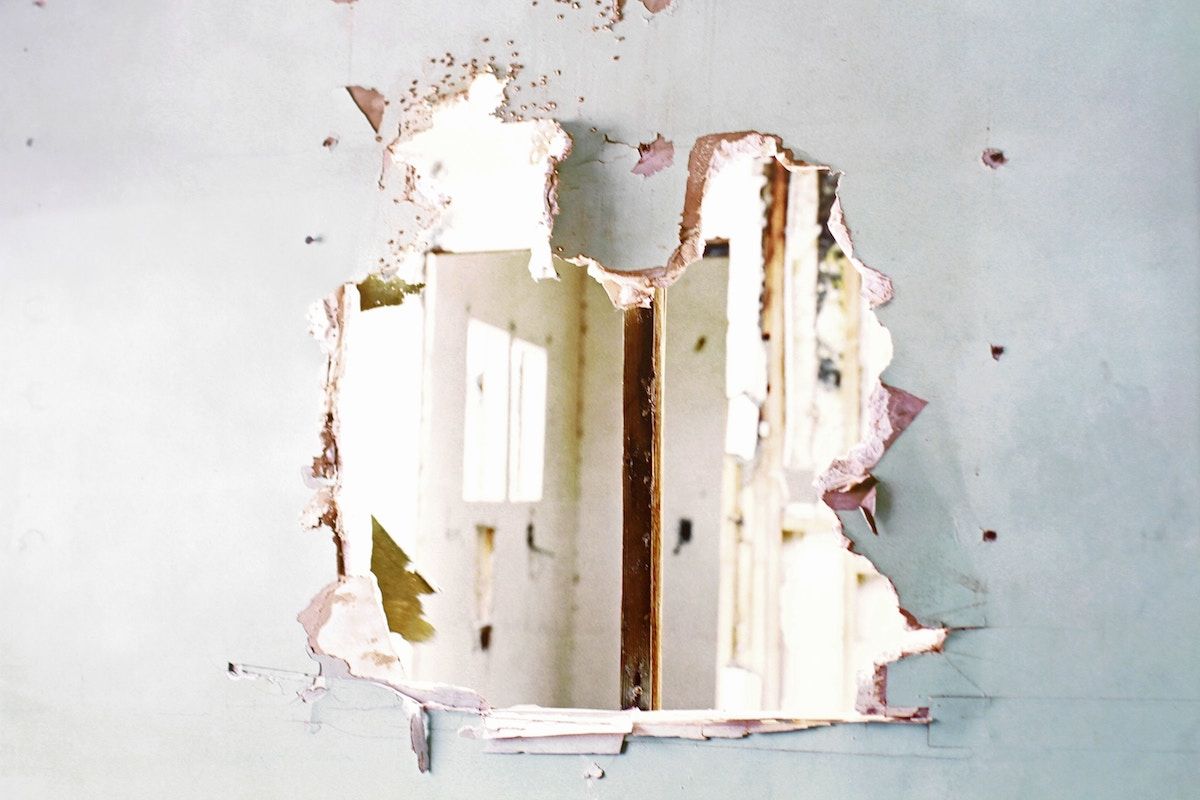
Seal any openings around the perimeter of your home to keep out uninvited critters. Besides the obvious cracks or crevices, look for gaps around pipes and under doorways. Guarding systems and materials, such as ridge vents, steel fabrics, and sealants, can assist in closing these openings.
7. Hire a chimney service professional
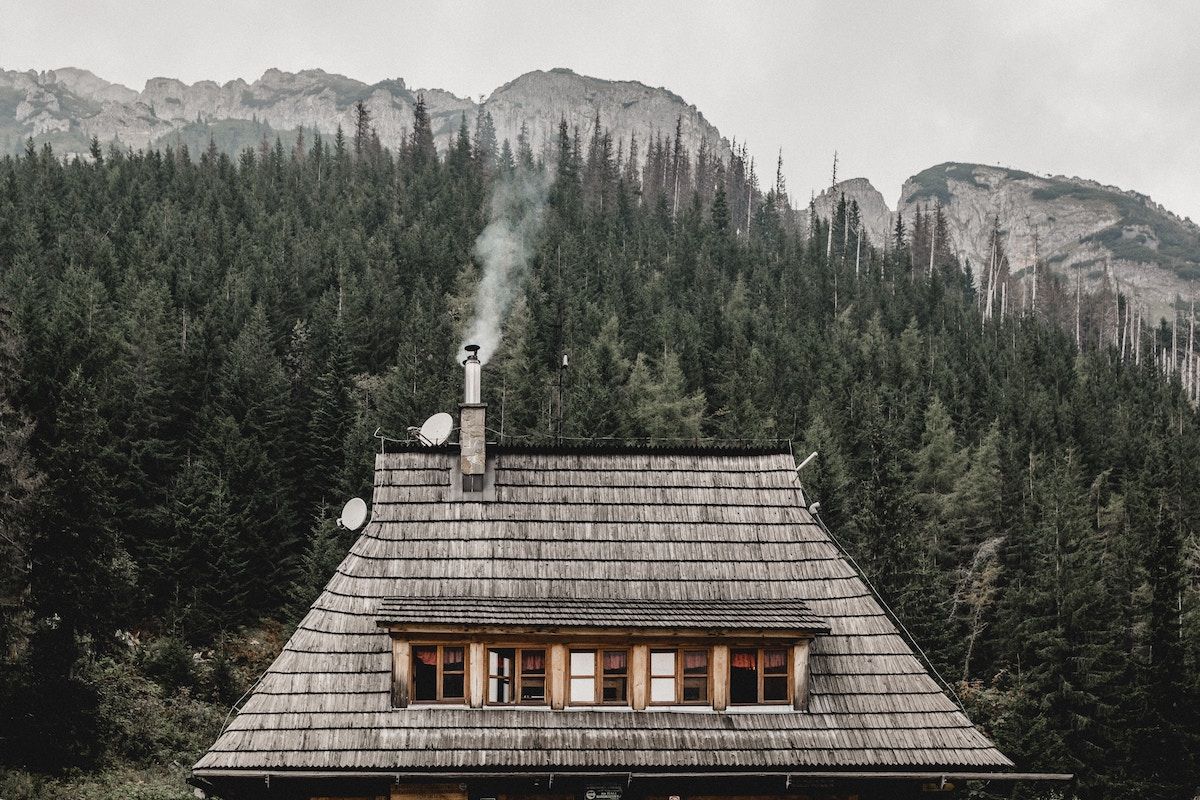
Chimneys have their own set of safety standards. Cleaning, repairs, and scheduled maintenance protect both you and your home. Ignoring chimney care can lead to damage and soot build-up, which can increase the risk of fires. Most people don’t have sufficient experience for a DIY chimney project and should hire a professional chimney service provider instead. Lastly, consider adding a chimney cap to keep the critters out of your home.
8. Protect your air conditioning system
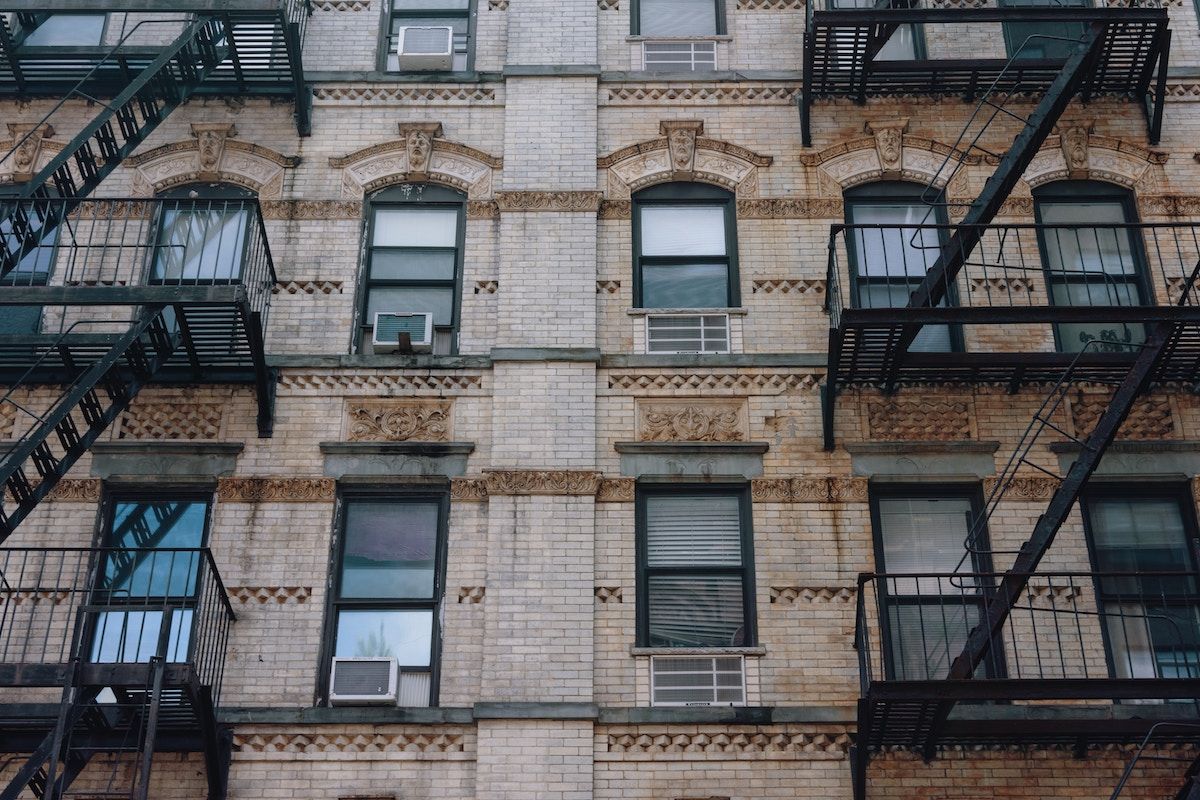
Cooling units require year-round maintenance. Schedule an HVAC professional to assist you in preparing your system for colder temperatures. Tasks you can do on your own are turning off the power to the unit, cleaning it, and covering it with a waterproof tarp and wood awning. If you have window A/C units, remove them and clean each unit thoroughly. You should also change the filters to get them ready for next summer.
9. Weatherstrip windows and doors
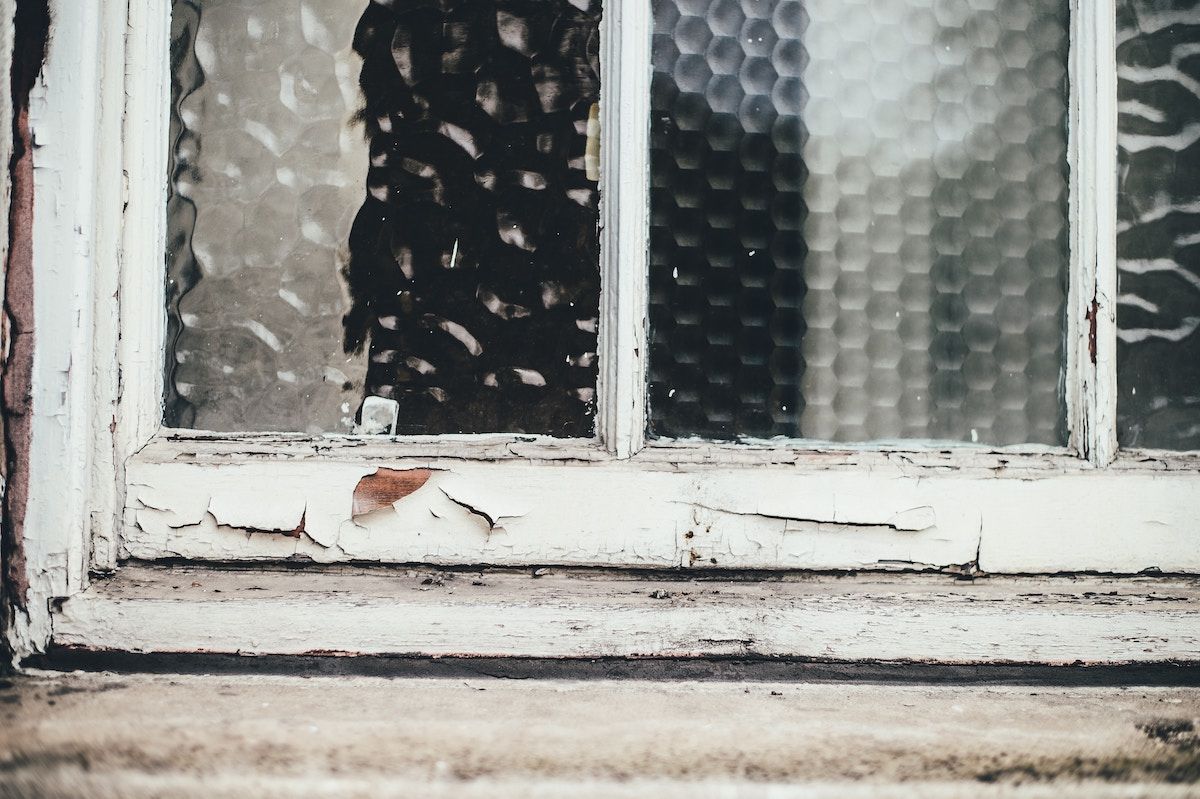
Boost winter warmth and cut energy costs by weatherstripping windows and exterior doors. Weatherstripping is the process of sealing openings to limit air leaks. It does not just keep the cold air out; weatherstripping also maintains a cooler home during hot summers.
10. Change the batteries in smoke and carbon monoxide detectors
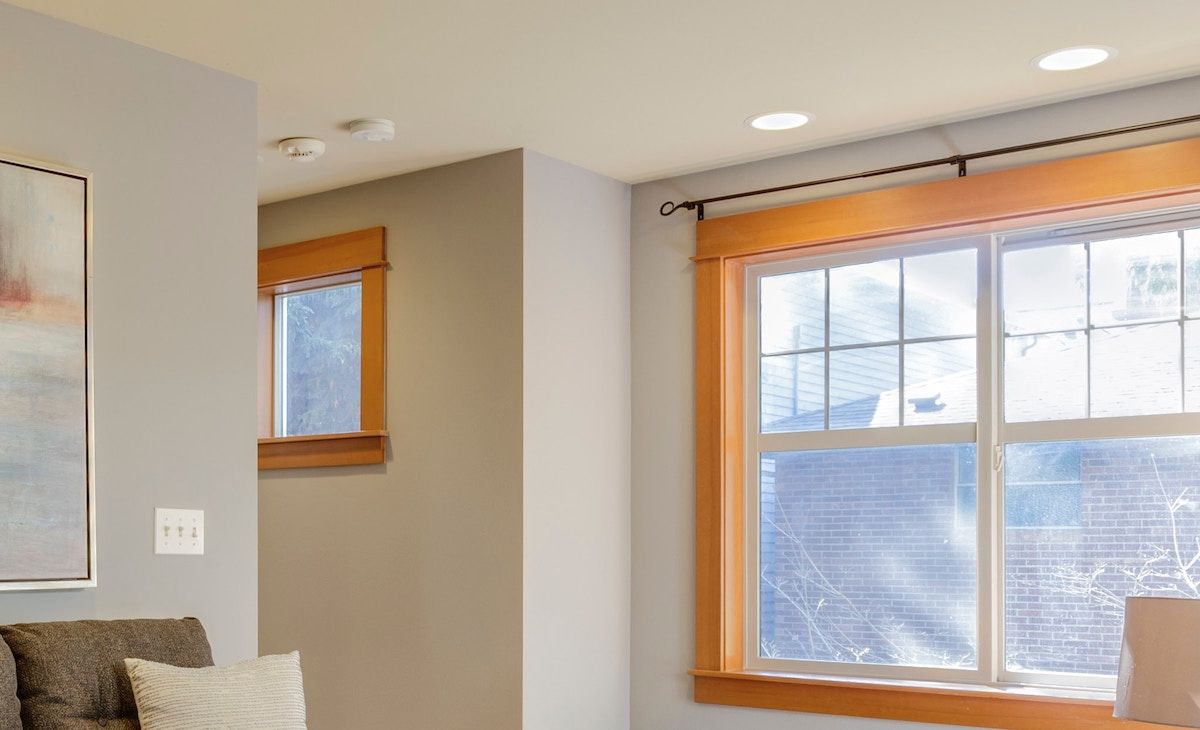
Depending on lease requirements, you or your tenants may be responsible for changing the batteries. At the very least, you should ensure both units are in working order and schedule battery replacements twice a year.
Final Word
Your fall checklist is probably longer, and that’s ok! The sooner you start maintenance in the autumn months to get your house ready for the upcoming winter, the better! Fall maintenance ensures the safety and habitability of the building and guarantees residents are happy, comfortable, and safe in their surroundings.








